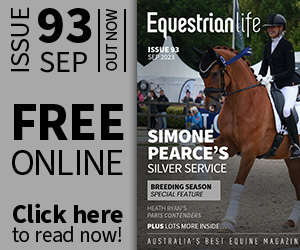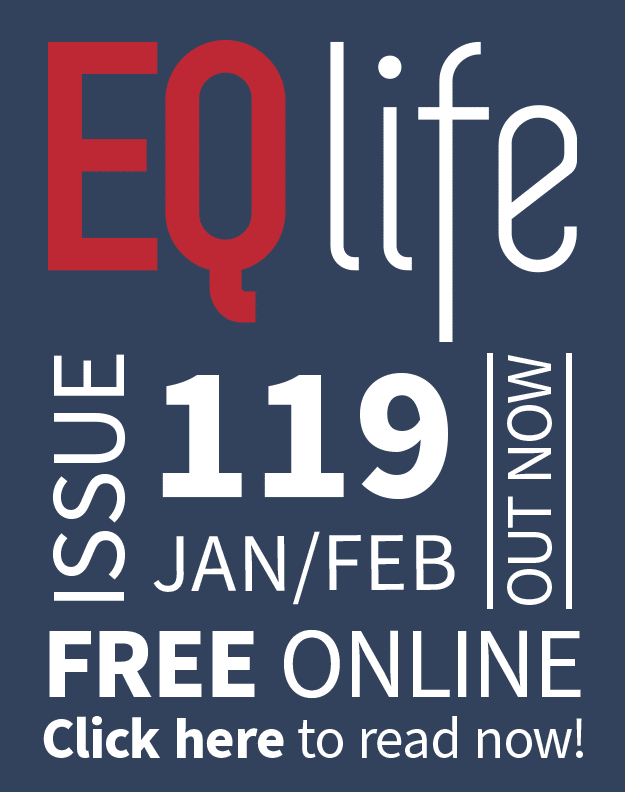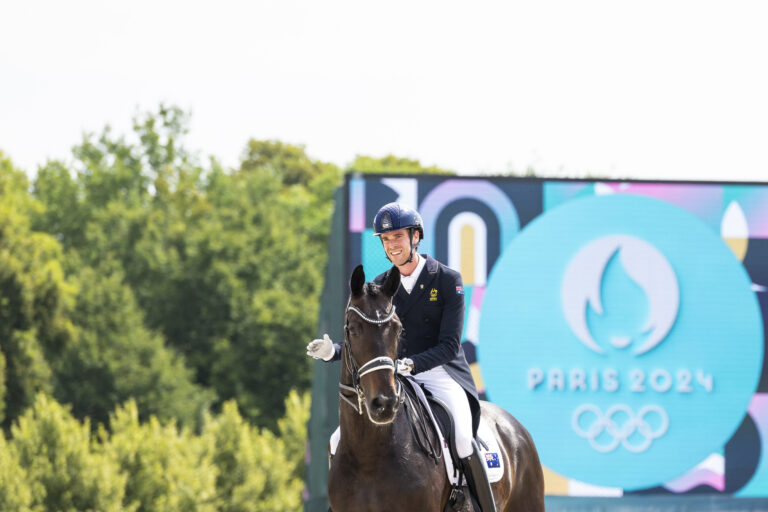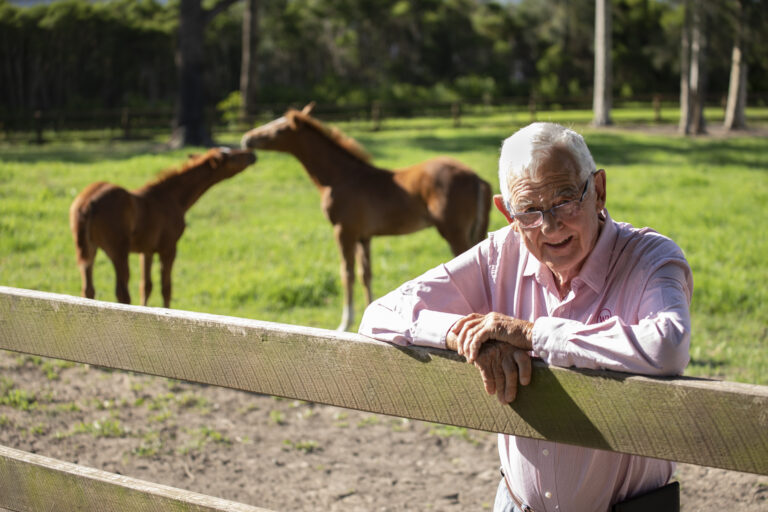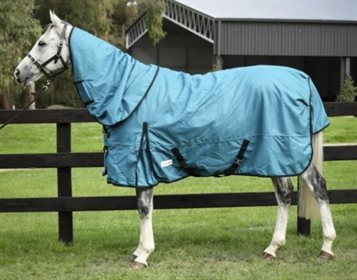This article has appeared previously with Equestrian Life. To see what’s in the current digital issue, please click here.
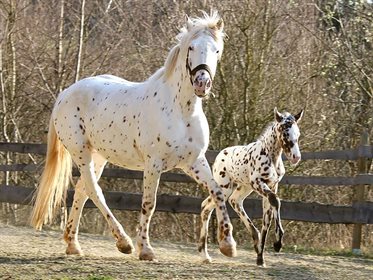
The Knabstrupper usually has a striking spotted coat.
Breeds of the world: The Knabstrupper
By Equestrian Life
Characterised by its striking leopard coast, the Knabstrupper originated in Denmark and date back as far as 1671 when they were referred to as ‘Tiger Horses’.
In 1750, this breeding line came to an end – however a new bloodline surfaced in 1812 and it was from this lineage that the modern Knabstrupper originated. A chestnut mare with leopard complex blanket markings was bred to a solid-coloured stallion, producing a colt with dramatic spots. The mare and her son were each bred to many other horses, producing many offspring with spotting and establishing the Knabstrupper as a breed.
Generally, Knabstruppers stand between 15.2 and 16 hands – however there are also ‘pony-sized’ Knabstruppers in existence. In terms of colour, coat patterns vary from solid (e.g. bay or chestnut) through to full leopard spots with a full range of variants in between.
Where do the spots come from? Well, it’s caused by a genetic mechanism called the Leopard Complex; this means that the coat colour seen in this breed is also seen in other breeds such as the Appaloosa, although these two breeds developed independently of each other.
Besides coat colour, Knabstruppers are generally quite solid in build, with warmblood or Baroque horse conformation.
Today, the Knabstruppers are bred in numerous countries – including Australia.
READ THE LATEST NEWS ARTICLES HERE
